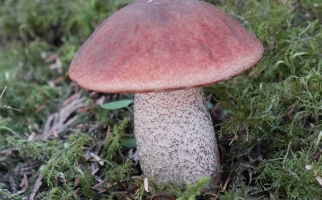
The Mysterious World of Mycorrhizas
Backgrounders
Learn about the unique partnership between plants and fungi.
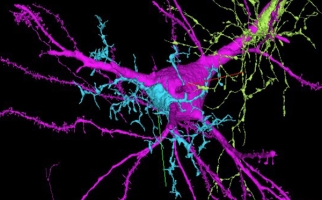
Networks of Life
Backgrounders
Learn about the math behind networks and where we find networks in the natural and technological world.
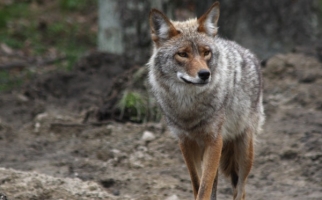
Coyotes: Coming to a town near you?
STEM Explained
Learn why coyotes are spreading in Canada and how this affects their relations with humans.

Isha Berry
Career Profiles
Epidemiologist
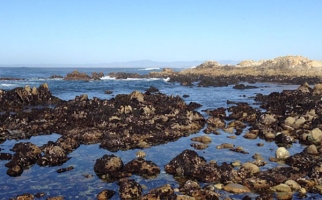
Diversity of Canada’s Marine Coastal Habitats
Backgrounders
Learn about the plants and animals in Canada’s marine coastal habitats, and what you can do to protect them.
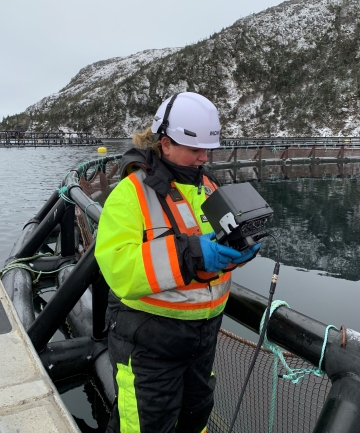
Tanya Savory
Cleaner Fish Coordinator
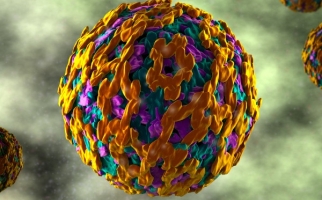
Where Did Viruses Come From?
STEM Explained
Viruses are not living things - so where did they come from? Scientists have proposed three different hypotheses.
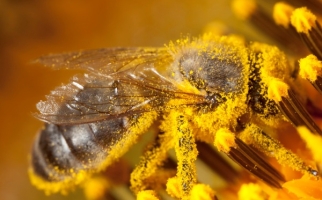
Pollinators are Important!
STEM Explained
Insects and other animals that are pollinators of plants play an important role in ecosystems.

The Dirt on Soil Conservation
STEM Explained
If I asked you to name a few things that all life on the planet couldn’t live without you could probably come up with some good answers, but I bet you’d never think to say dirt.

Using Mussels to Monitor the Environment
STEM Explained
Mussels are a kind of invertebrate that filter food out of the water they live in. This makes them a great tool for monitoring environmental water quality and tracking bioaccumulation in aquatic food webs.

Natural Selection in Your Backyard
STEM Explained
A study on bird feeders and beak sizes shows how an everyday human activity can affect the evolution of another species.
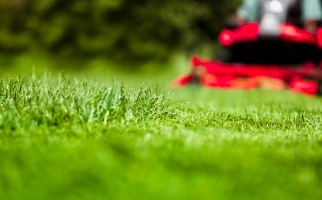
How Do Plants Use Chemical Signalling?
STEM Explained
How do plants use scents? Learn how some plants use chemical signals to send messages to animals or other plants.
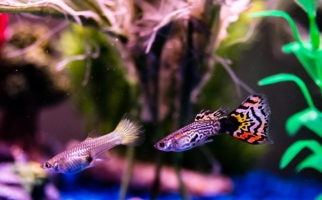
Guppies, Guppies Everywhere!
STEM Explained
How do different populations adapt to their environment? Let’s explore this concept through guppy speciation.
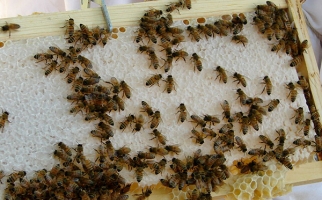
How are the World's Bee Populations Doing?
STEM Explained
Bees are important for agriculture. But bee populations face threats. This resource looks at Colony Collapse Disorder, herbicides & pesticides, and more.

Eutrophication: Why you should care about pond scum
STEM Explained
When fertilizers from agriculture get into lakes and rivers, big problems can result for aquatic ecosystems, food chains & webs!